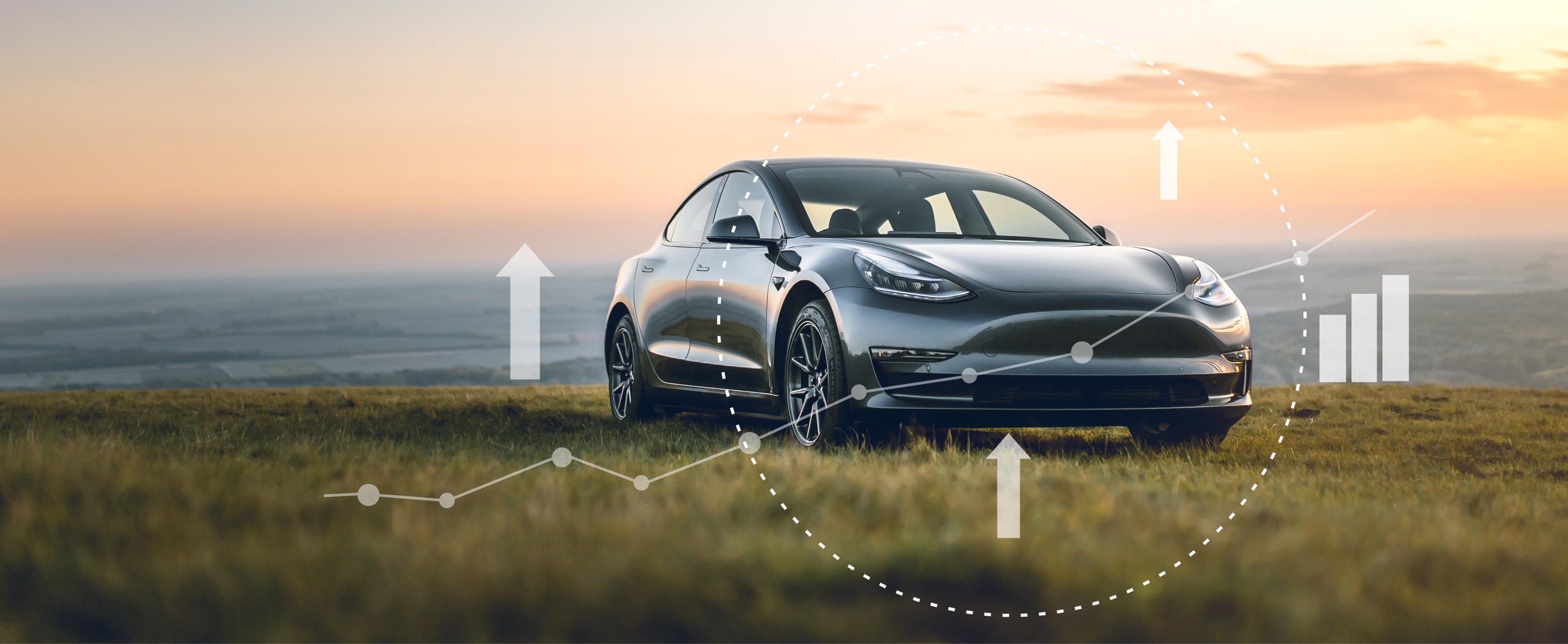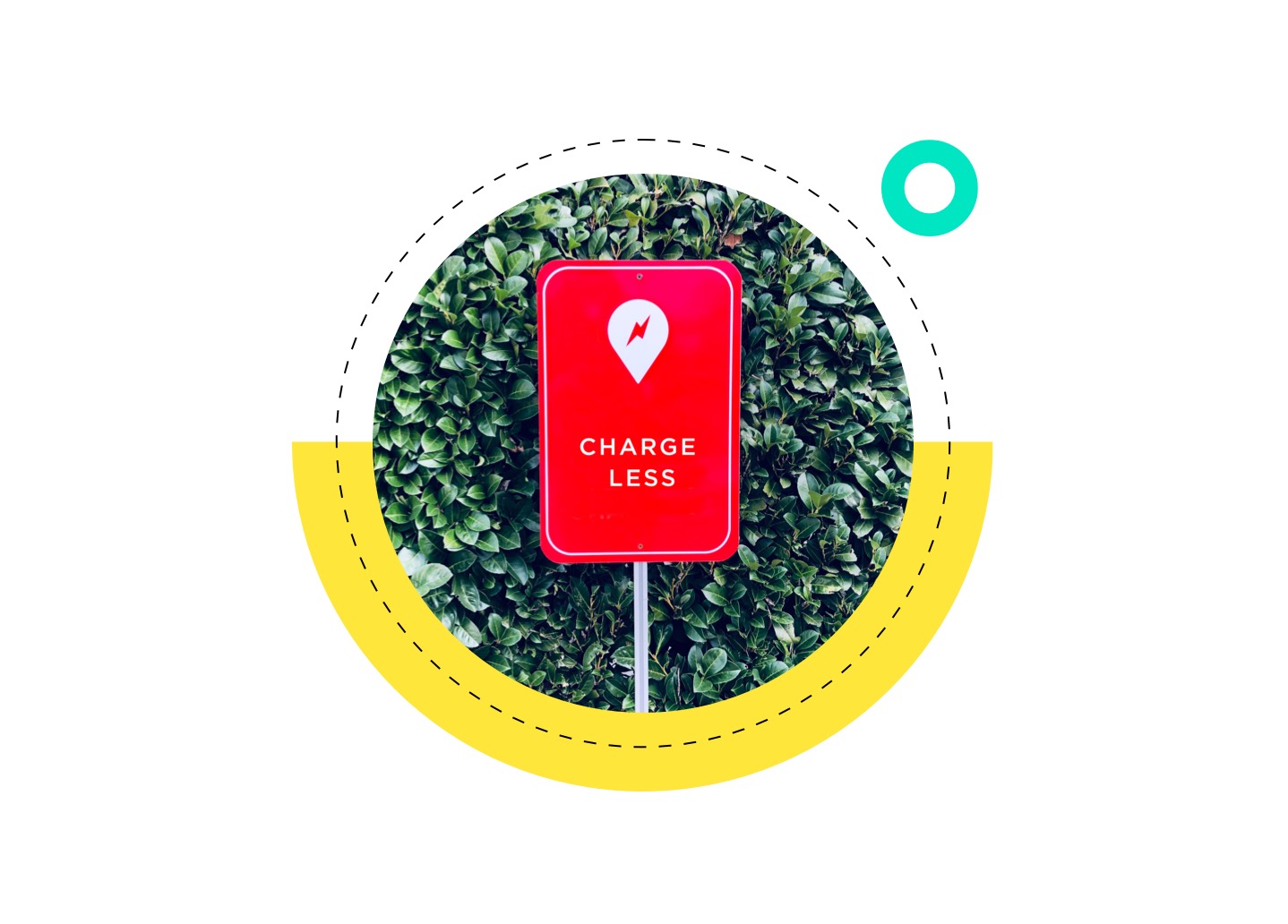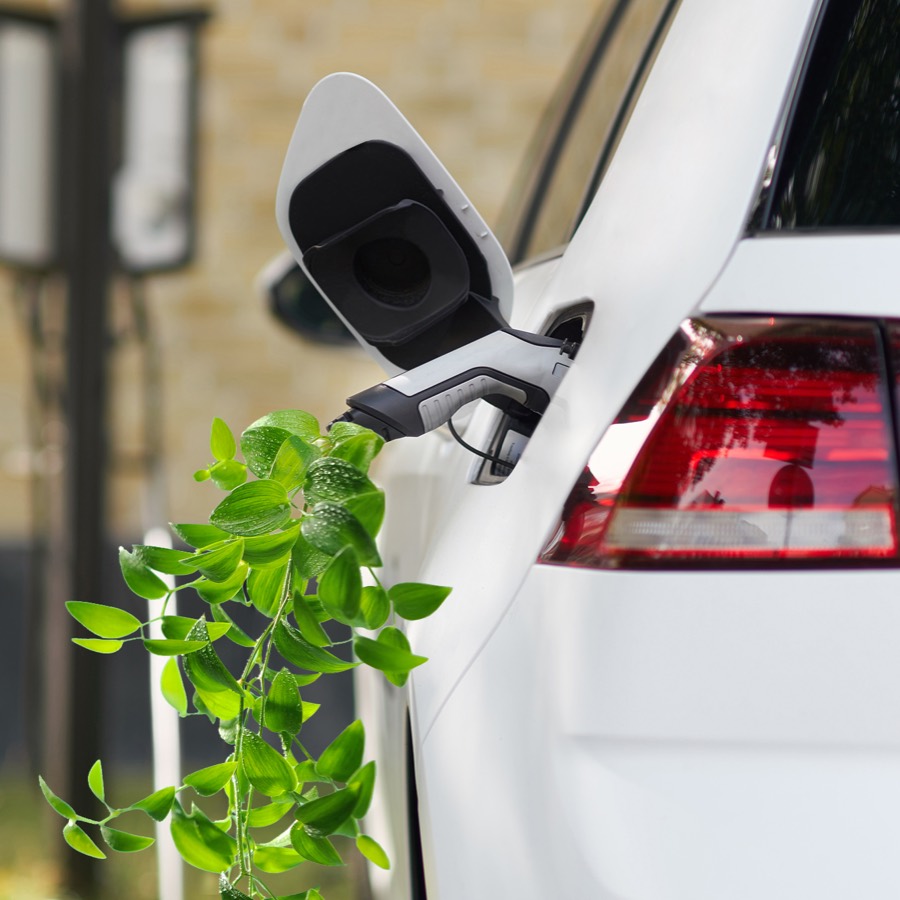Electric vehicles haven’t become profitable yet. While battery development is advancing faster than expected, there is still work to be done to bring down unit costs, achieve economies of scale in production, decrease total cost of ownership and improve range and infrastructure to achieve parity with traditional combustion engine vehicles.
Despite long-standing challenges, there are significant opportunities for original equipment manufacturers (OEMs) and energy utilities to accelerate customer value and achieve broader customer adoption.
Cost is number one barrier to purchase
According to Publicis Sapient’s consumer research, The Digital Life Index, drivers report total cost of ownership (TCO) as the biggest barrier to EV purchase, beyond just the price of the vehicle, including at-home chargepoint setup, public charging, taxes, insurance and residual value. Many major markets offer subsidies and purchase incentives to offset the high cost of EVs, but they are complicated to navigate, require a lot of paperwork and not all tax credits are available to all buyers. In addition, not every EV or hybrid qualifies and neither do preowned vehicles. In short, subsidies are likely not a long-term solution to sustain sales and customer adoption.
Until the TCO of an EV is competitive or better than that of a combustion engine, adoption will be slow, industry watchers predict. The high cost of EVs is driven primarily by the battery. However, according to Bloomberg New Energy Finance’s annual battery price survey, since 2010, the price of batteries has dropped 89 percent to $132 per kilo-watt hour and the race is on to push the cost of battery packs below $100 per kWh. While a cheaper battery isn’t expected until 2025, Tesla and GM are heavily investing in battery production plants – in January 2022, GM announced that it is investing $7 billion in Michigan, with $2.6 billion of that earmarked for a new battery cell plant in Lansing with Korean partner LG Energy Solution. Depreciation is also a factor consumers take into account when considering an EV. As technology improves, batteries become more powerful, longer lasting and less expensive. Residual values of existing EVs are likely to drop faster as new models with higher ranges and lower prices enter the market. For many drivers, leasing will make more financial sense than purchasing.
To help navigate the complexity of buying and owning an EV, digital tools can help consumers better understand the costs associated. For example, Nissan’s cost calculator compares the cost of owning its Leaf EV with a customer’s existing gas-powered vehicle. It takes into account a driver’s location, daily commute, local gas prices, average miles per gallon, duration of planned EV ownership and electricity rates to calculate potential savings on gas. When it comes to subsidies and incentives, Tesla provides some information on their website by region and Chevrolet links out to government resources, but this is a space that remains complex. A reliable and accurate resource that provides consumers with a better understanding of whether they and the vehicle they’re interested in purchasing are eligible for certain incentives (and how to claim them) will help drivers feel more confident in making the switch.
When it comes to making a purchase decision, Mercedes’ EQ Ready App monitors a consumer’s driving behavior over a period of days to provide a personalized “EV readiness” score. The app records a user’s routes, shows whether destinations are within reach of an electric powertrain, provides information on energy requirements and advises on available infrastructure.

















